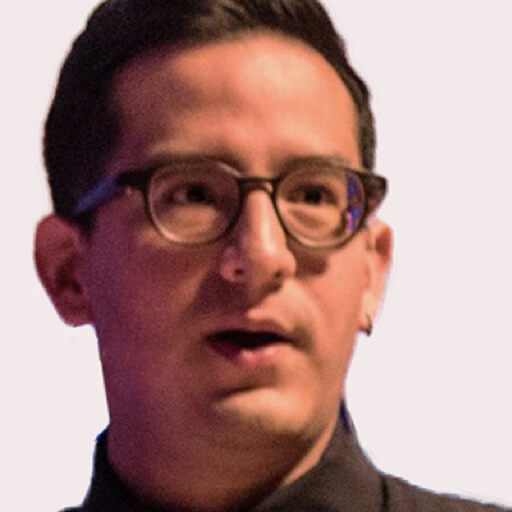Workshop for designers: Wicked ProblemsBig or small, problems are all around us. Unlike ‘tame’ problems – which can be solved using traditional problem solving methods – wicked problems are a beast of its own. These problems are reactive, they are multi-threaded, and they are never-ending. Having coined the term in 1969, Horst Rittel and Melvin Webber sought out to address the crisis of public confidence in experts and planners at a time of rising affluence and inequality. After more than forty years, wicked problems are as relevant as they were then.
In this workshop, we will delve into the history, properties, and approaches to solving a wicked problem. Through our time together, we will come to the conclusion that in order to create unprecedented outcomes, we must take into consideration our qualities, necessities, and opportunities, coupled with an appreciation of how they are interrelated. The opportunity to analyze, question, and invent is afforded to any creative individual who understands the full system in which they operate. We will discuss the concept of the adjacent possible as a model for explaining how ideas develop and innovations are envisioned. Through the model of the adjacent possible, we will learn of some of history’s most innovative advances.
Moving past the conceptual rhythm of wicked problems, we will discuss and share real case-studies of how 3 organizations/individuals solved a wicked problem in their own domain. Through the lens of Integrative Thinking, we will discuss how to take a design thinking approach to solving hard problems. During the latter part of the lecture, we will uncover the common thread these three approaches have: all of these thinkers possess empathy and observation at their core. Design empathy unlocks the creative capacity for innovation. For us designers, tackling wicked problems as if they were design problems – even though they are outside of the traditional realm of design – leads to outcomes that are not only functional but emotionally meaningful.
Get ready to spend some time uncovering the power of design thinking, and how you can best apply this thinking to solve some of your world’s most wicked problems.
In this workshop, we will delve into the history, properties, and approaches to solving a wicked problem. Through our time together, we will come to the conclusion that in order to create unprecedented outcomes, we must take into consideration our qualities, necessities, and opportunities, coupled with an appreciation of how they are interrelated. The opportunity to analyze, question, and invent is afforded to any creative individual who understands the full system in which they operate. We will discuss the concept of the adjacent possible as a model for explaining how ideas develop and innovations are envisioned. Through the model of the adjacent possible, we will learn of some of history’s most innovative advances.
Moving past the conceptual rhythm of wicked problems, we will discuss and share real case-studies of how 3 organizations/individuals solved a wicked problem in their own domain. Through the lens of Integrative Thinking, we will discuss how to take a design thinking approach to solving hard problems. During the latter part of the lecture, we will uncover the common thread these three approaches have: all of these thinkers possess empathy and observation at their core. Design empathy unlocks the creative capacity for innovation. For us designers, tackling wicked problems as if they were design problems – even though they are outside of the traditional realm of design – leads to outcomes that are not only functional but emotionally meaningful.
Get ready to spend some time uncovering the power of design thinking, and how you can best apply this thinking to solve some of your world’s most wicked problems.
